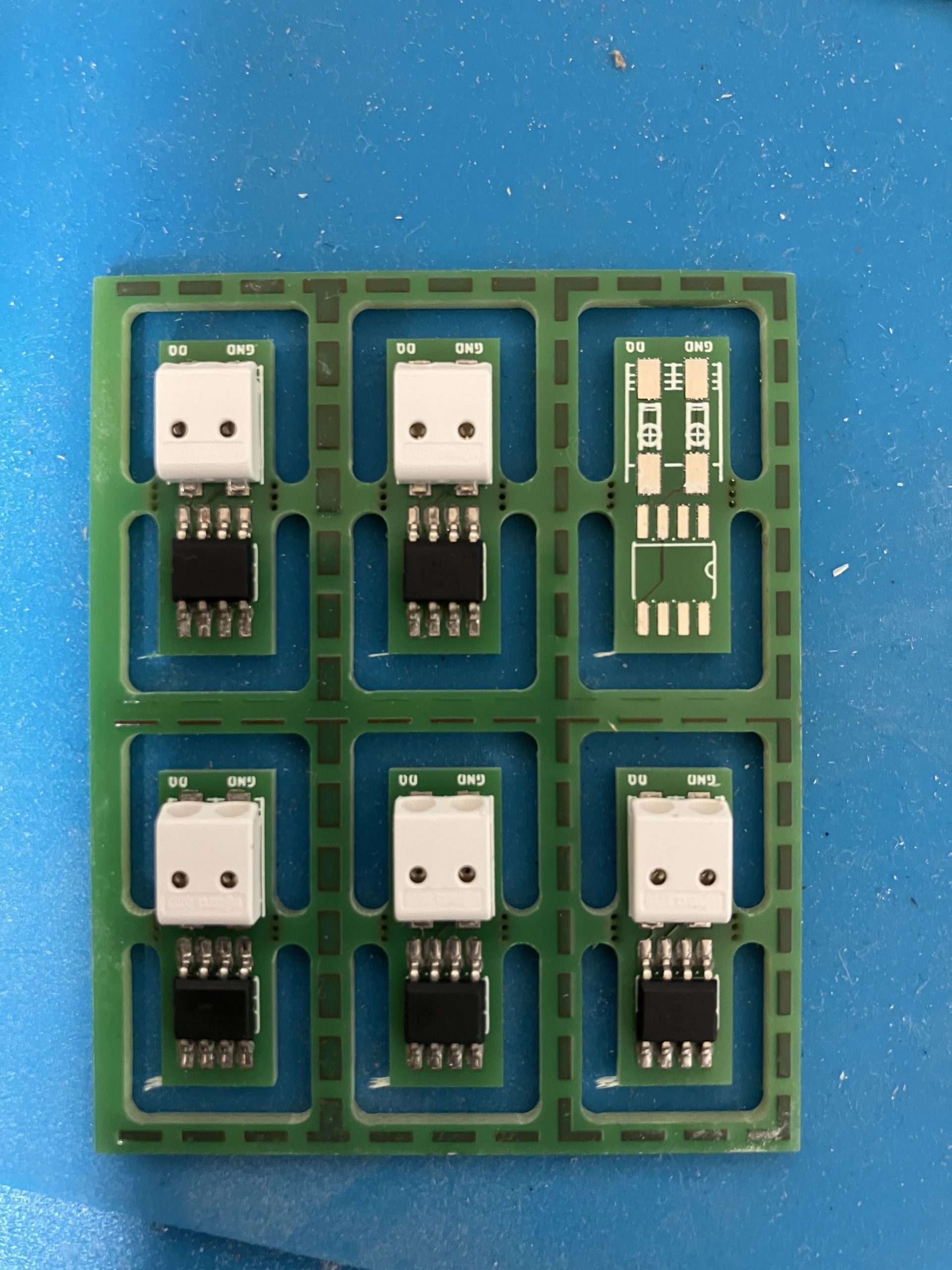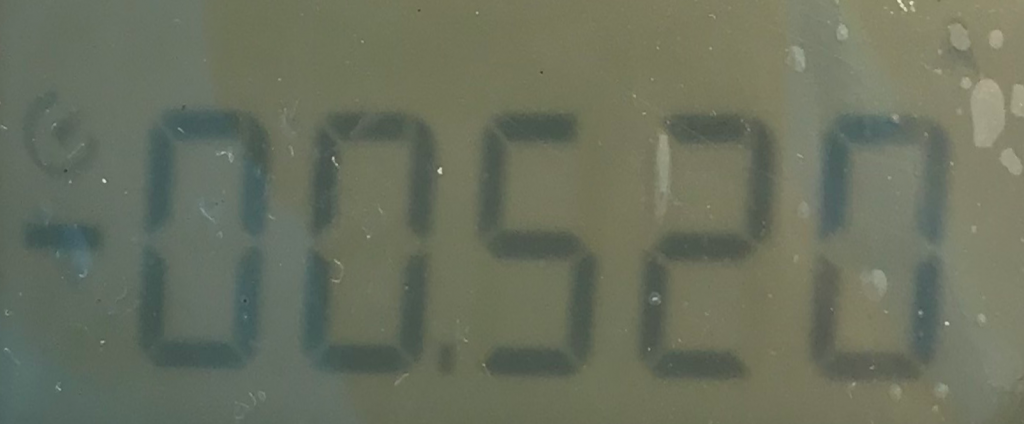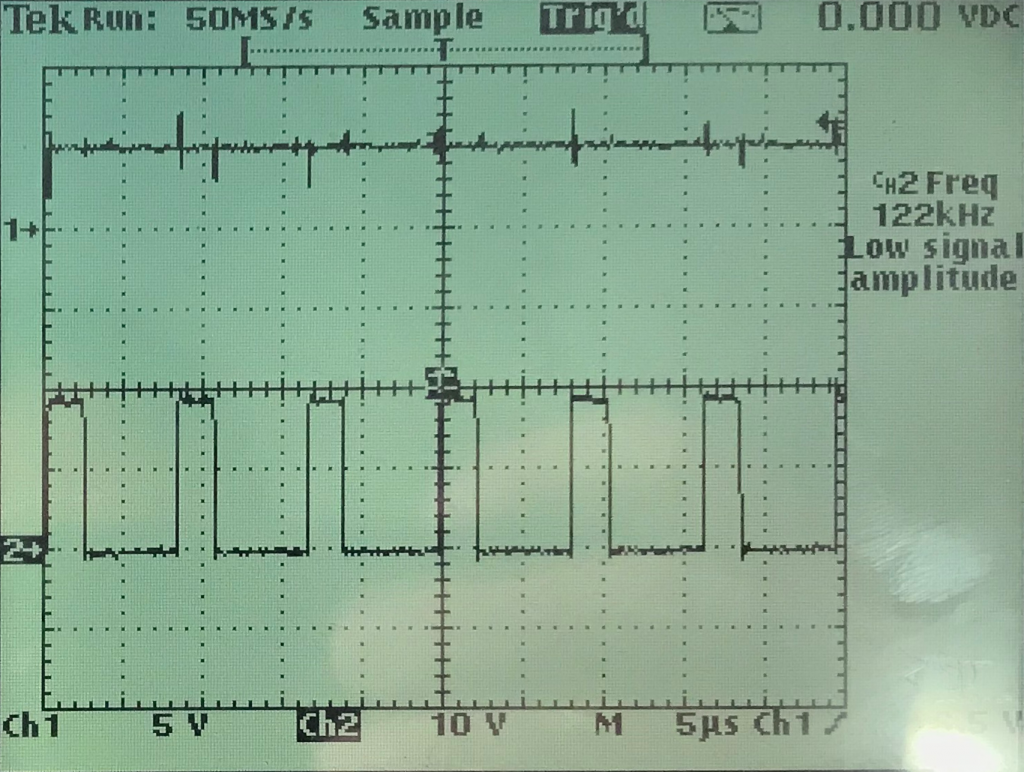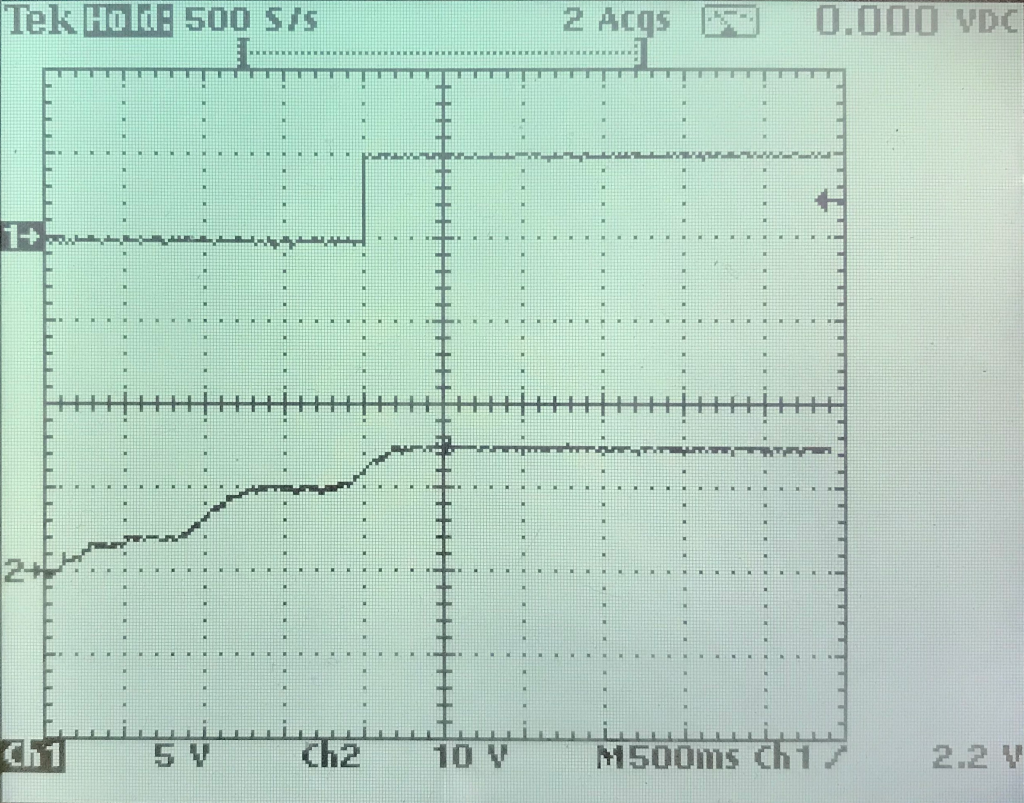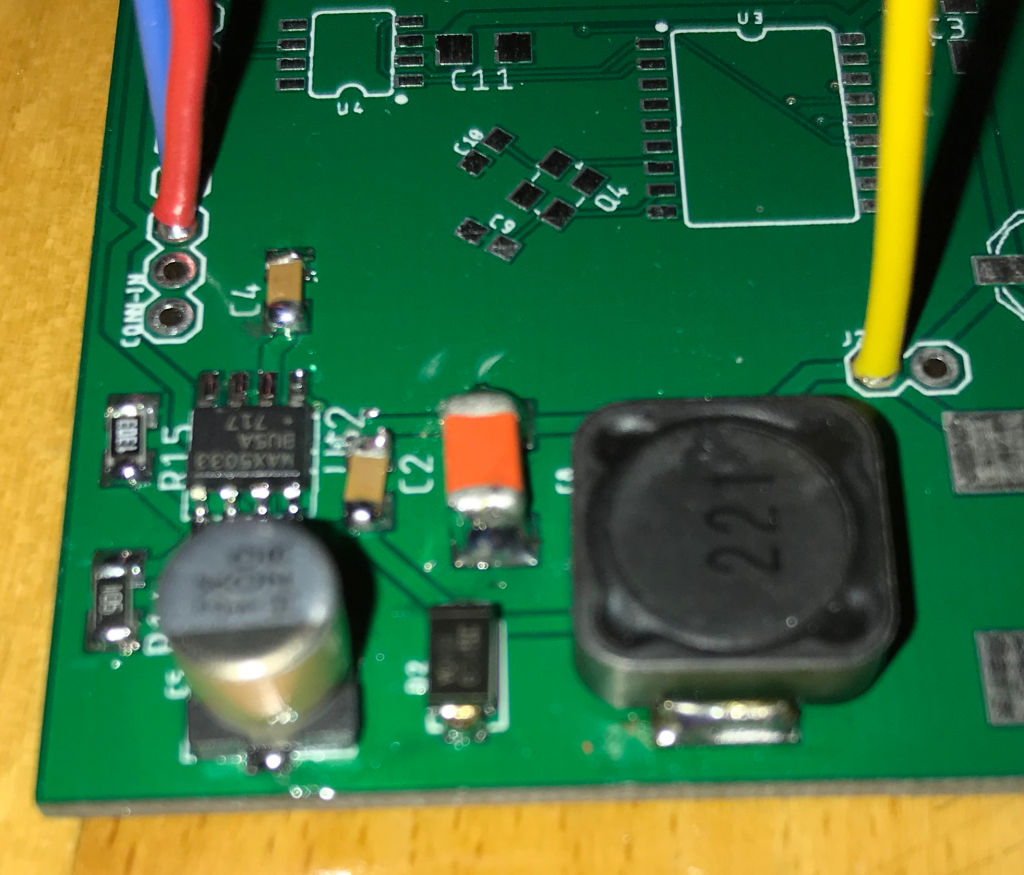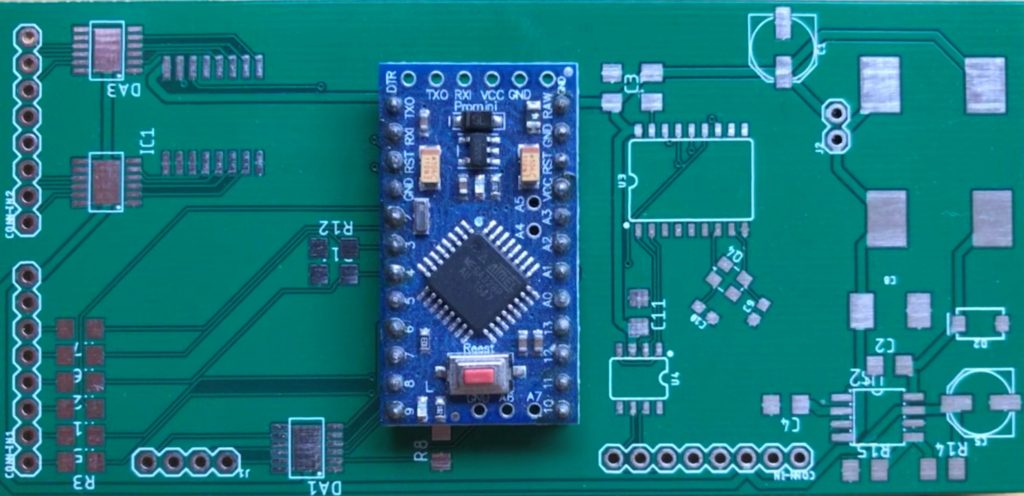As mentioned before, I want a switch setup that is the same in every room. Of course I considered loxone touch connected to the miniserver by loxone tree But I did not like it because of two reasons:
- The design is different from the design of the plugs and other elements. I don’t like the idea of having different looking electrical components.
- There is no possibility for a backup solution that allows to control light independent of the miniserver.
So I’ve chosen Taster 10 AX 250 V ~ (531 U) (I’ll call it “1” from now on) and Tastsensor-Modul 24 V AC/DC, 20 mA (A 5236 TSM) (I’ll call it “6” from now on, and the switch in the upper left will be called 6_1, the upper right 6_2 and so on …) from the company Jung.

The idea is to control the main light of each room with 1. 6_1 (up) and 6_2 (down) will be used for the roller blinds. The four remaining switches can be used differently in all rooms dependent on the needs.
But, and there’s always a but, a CAT cable only contains 8 wires. Even though it’d be enough for 7 push buttons there is no wire left for the 6 red feedback LEDs and the RGB LED. Connecting all that would require 3 CAT cables.
1 for 1
6 for 6_1 to 6_6
2 for Vcc and Ground
6 for red feedback LEDs
3 for RGB LED
----------
18 lines for each switch -> 3 CAT cables à 8 lines
That’s a price and effort I’m not willing to pay. It’d also mean that the miniserver has to provide 16 in/outputs for each room. This is what would make it really expensive. So I’ve decided to spend more of my time and come up with a solution that allows to connect my switch setup to the miniserver and to the backup circuitry at the same time while requiring only 1 CAT cable per switch.
Yes, that’s a cliffhanger.
